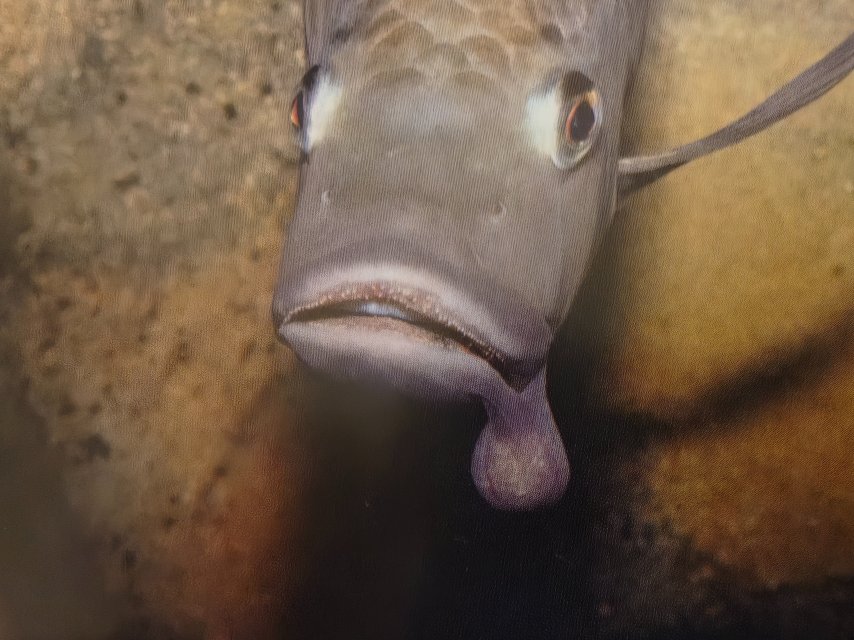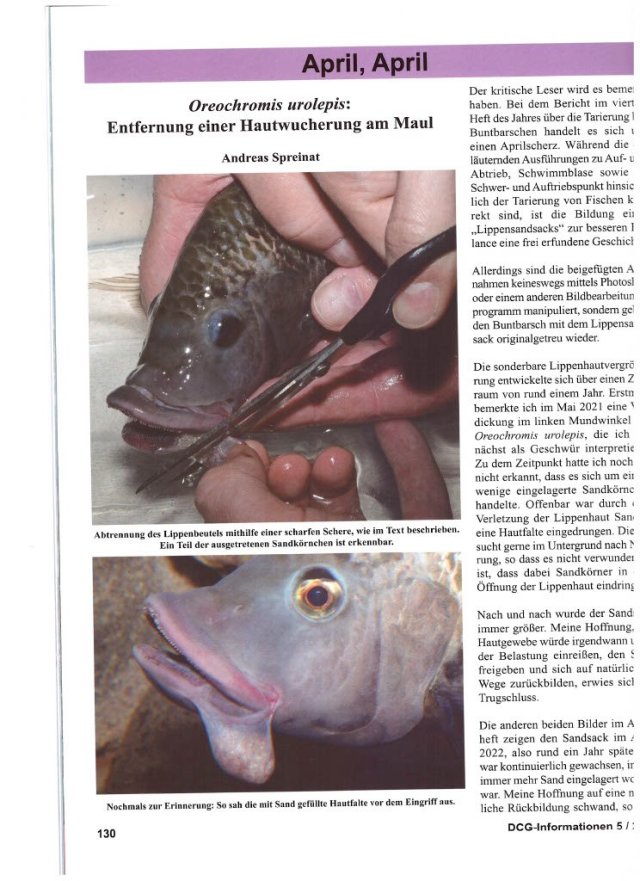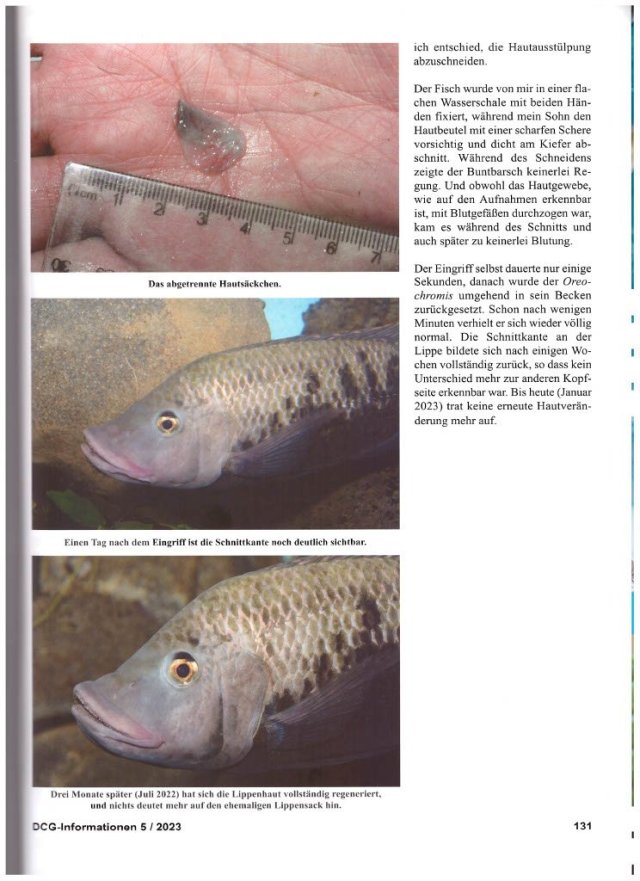- Have you tested your water?
- Yes
- If yes, what is your ammonia?
- 0,01
- If yes, what is your nitrite?
- 0,05
- If yes, what is your nitrate?
- 0,1
- If I did not test my water...
- ...I recognize that I will likely be asked to do a test, and that water tests are critical for solving freshwater health problems.
- Do you do water changes?
- No
- If I do not change my water...
- ...I recognize that I will likely be recommended to do a water change, and water changes are critical for preventing future freshwater health problems.
Dear MFK lovers:
In the pond, numerous Nile tilapia display conspicuous hyperplastic protuberances. Along the margins, there is an unusual abundance of terrestrial snails, specifically the African giant snail, Achatina fulica. This co-occurrence is striking. While some myxozoans use aquatic snails as intermediate hosts, the presence of a terrestrial snail raises questions about its relevance to the fish lesions. The pattern suggests a potential environmental or parasitic link worth investigating, ideally with input from an ichthyopathologist to clarify etiology and appropriate control measures.
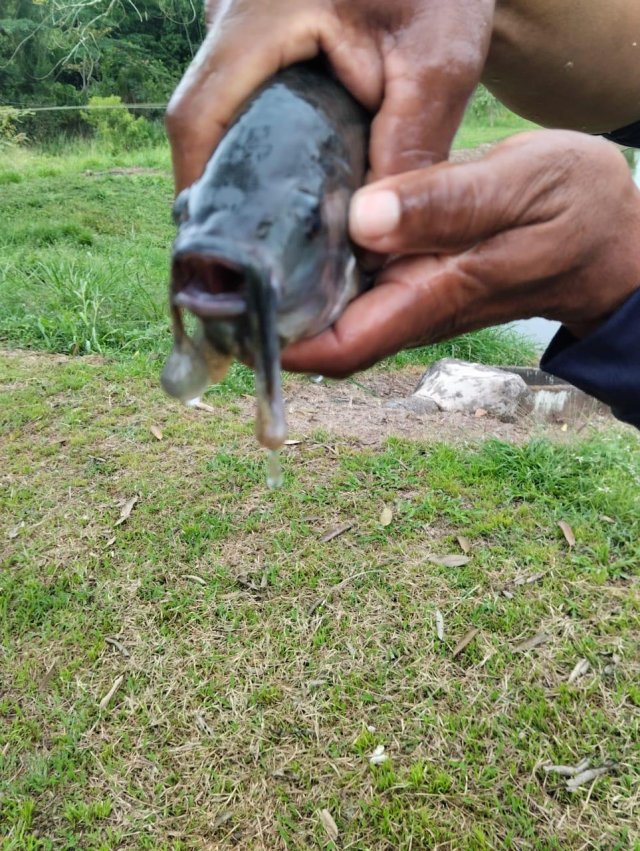
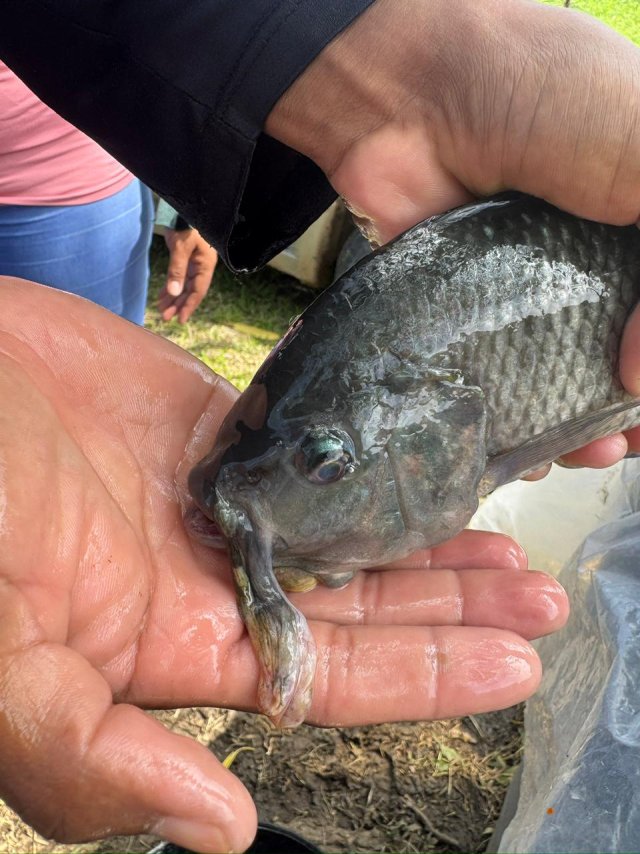
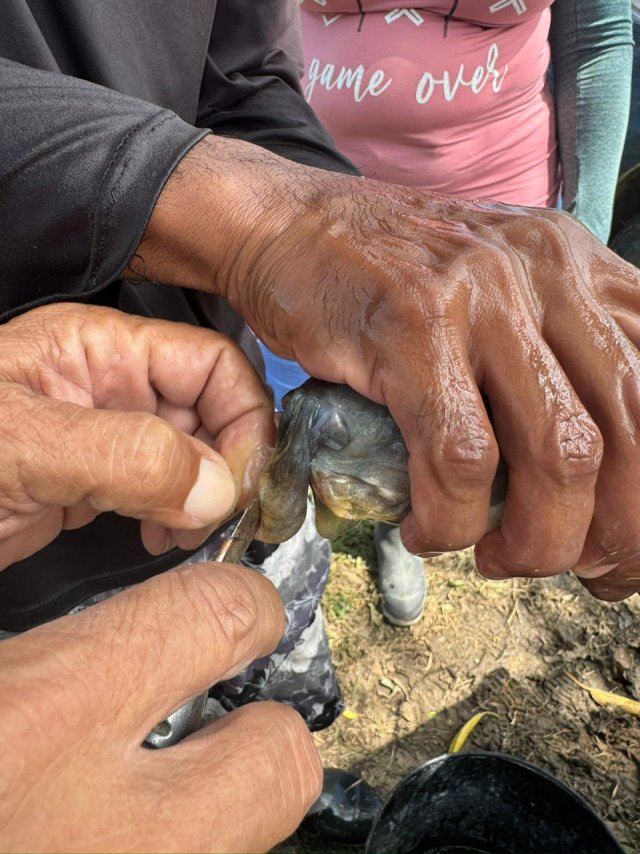
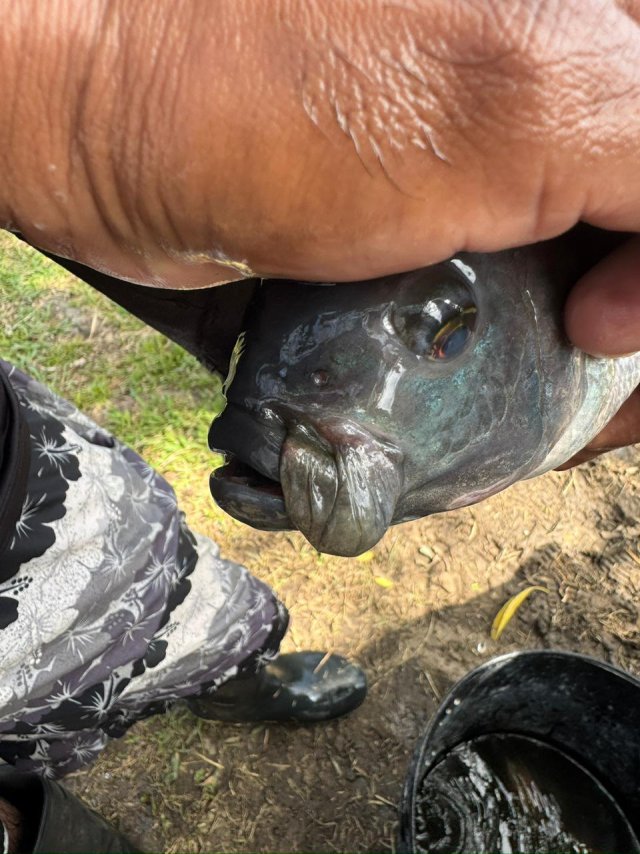
In the pond, numerous Nile tilapia display conspicuous hyperplastic protuberances. Along the margins, there is an unusual abundance of terrestrial snails, specifically the African giant snail, Achatina fulica. This co-occurrence is striking. While some myxozoans use aquatic snails as intermediate hosts, the presence of a terrestrial snail raises questions about its relevance to the fish lesions. The pattern suggests a potential environmental or parasitic link worth investigating, ideally with input from an ichthyopathologist to clarify etiology and appropriate control measures.







